
On April 26, 2016, Zion Church in Lincoln, Nebraska experienced a fire for the second time. It brought back memories, and with them the bittersweet reminder that anything and everything we build on this Earth is impermanent despite our best efforts.
Our first fire was in June 2007. Zion Church was situated at 9th and D in a lovely almost-100 year old brick building, built by German Russian immigrants. The church was charming but our church body was growing and we were on the verge of an expansion project – the ground breaking being only hours away – when the church burned down. I was in Omaha, having just finished my junior year of college, when the news came. Later, Dad would drive me down to look at the ruins. During demolition, Zion found a time capsule in the cornerstone, messages of faith and love from a congregation in German. We salvaged three of the windows.

There is grace in the fire, beauty from ashes (Isaiah 61.3). We were welcomed into other churches for worship. We had opportunities to plant a new congregation in the old neighborhood where Zion once stood. The church site, now cleared away, became the stage for many “guerilla theatre” productions put on by the local Colonel Mustard Theatre Company. We eventually acquired another building far south of our old location at 27th and Old Cheney. And we planted a daughter church, Redeemer. We slowly went through the process of turning the new 27th St. building into our own.
Two weeks ago, we celebrated the completion of renovations and building additions. Just days ago, we’d had Sunday school in those rooms for the first time.
My, how time flies. And how familiar is this feeling.

So last week, there was another fire. From all appearances, it was electrical. It started in the kitchen and spread into nearby areas. No one was hurt, and most of the immediate damage is in the northern corners of the building. But smoke is everywhere, and the sprinklers have flooded brand new rooms and soaked drywall – walls that were only weeks ago painted with loving care. But everything can be cleaned up and repaired this time. The smoke will blow away. We’ll have a kitchen again someday, too. But we’ll always be a church.
However the fire started or why is not the point. God’s question of us is the same as if there hadn’t been a fire: Do you trust me? Do you love me? Will you take up your cross and follow me? The fire, however sad it is, is an opportunity to reaffirm our answers.
There is a struggle in me – protective of memories, I suppose, and a strange instinct to hold on, quite literally, to history. So when I saw photos of the windows that had been salvaged from the 2007 fire, now burned and blackened, this hit hard.
Of course it does. I’m a human being. Losing a church building is like losing the home I grew up in. A church building is like a family home – a shelter. The church itself is people, just as a family is people. Losing the building is simply a matter of losing the outer trappings and wandering for a while in the wilderness.


Naturally the new fire has stirred some thoughts about other churches, other lost buildings. Other pieces of history.
In December of 2013, I was in England and set out to see St. Paul’s Cathedral and the Tower of London. I spent most of my time at the former, in complete awe of the Christopher Wren masterpiece. Domes and archways, the Whispering Gallery, and the stately crypt containing monuments to generals – it is breathtaking.

I was at St. Paul’s when news of Nelson Mandela’s death reached across the world. In that hushed space I listened to a prayer. There were hundreds of people there on tour, but the atmosphere was (mostly) quiet, reverent. I spent most of the day walking through the shadows and peering into chapels, listening to the echo of my boots across the marble floor. I wondered how on Earth they managed to make it so beautiful.
And no wonder it was a prime target of the Luftwaffe.
If the German air force had managed to severely damage or destroy the cathedral, it would have been a terrible blow to Great Britain. Hence the fire watch, and the teams of brave men who would clamber onto the many roofs of the cathedral putting out incendiaries, risking death in dozen different ways. They could not prevent every flame from causing damage or ruining certain monuments and paintings, but the cathedral itself remained standing throughout the war, bearing a few battle scars. It remains an unmistakable symbol of permanence, of the endurance of a nation through the most trying of times.
Still, and perhaps it’s a form of sacrilege to think it, but what if St. Paul’s had burned down in 1940? Would it have been rebuilt? I definitely think so, given that it is, after all, the rebuilding of many previous cathedrals, possibly the third incarnation of St. Paul’s. A re-building of a rebuilding.
We’re human. We strive for something better and permanent. Even if that in itself is never really attainable, we keep trying. Sometimes with a sense of gravity, sometimes with humor.
Do you remember Monty Python and The Holy Grail? I’m thinking of the scene in which the king of Swamp Castle (Michael Palin) is telling his milquetoast son Herbert (Terry Jones) about the history of the castle. “The first one fell into the swamp. So I built a second one – and it fell into the swamp. The third caught fire, fell over and then fell into the swamp. But the fourth one stayed up. And that’s what you’re gonna get, lad!”
We laugh. But still… building a castle (or a church) near a swamp is little better than building one on sand. If our pride is focused on the things we build, what do we have left when it’s gone? The wearing away of time is a fact, and we are not in control of the cosmos. That doesn’t mean we should live in tents and wander the desert like the Israelites. It means we know something permanent – more permanent than permanent – is coming.
Thy kingdom come, thy will be done.
There is hope in rebuilding, of course. Think of…
The Globe Theatre. Destroyed by fire in 1614, rebuilt in 1997.
The World Trade Center. Destroyed by terrorism in 2001, new building completed in 2013.
Palmyra’s Arch of Triumph. Destroyed by ISIS in 2015, a replica made via 3-D printer in 2016, London, U.K.
Rebuilding is a way of hoping. In so doing, we tell our stories: where we’ve been, and where we’re going now, what is true.
That’s what Zion’s building is. A marker to stay we were here. Fear not. Better things are coming.

When you pass through the waters, I will be with you;
and through the rivers, they shall not overwhelm you;
when you walk through fire you shall not be burned,
and the flames shall not consume you.
Isaiah 43.2
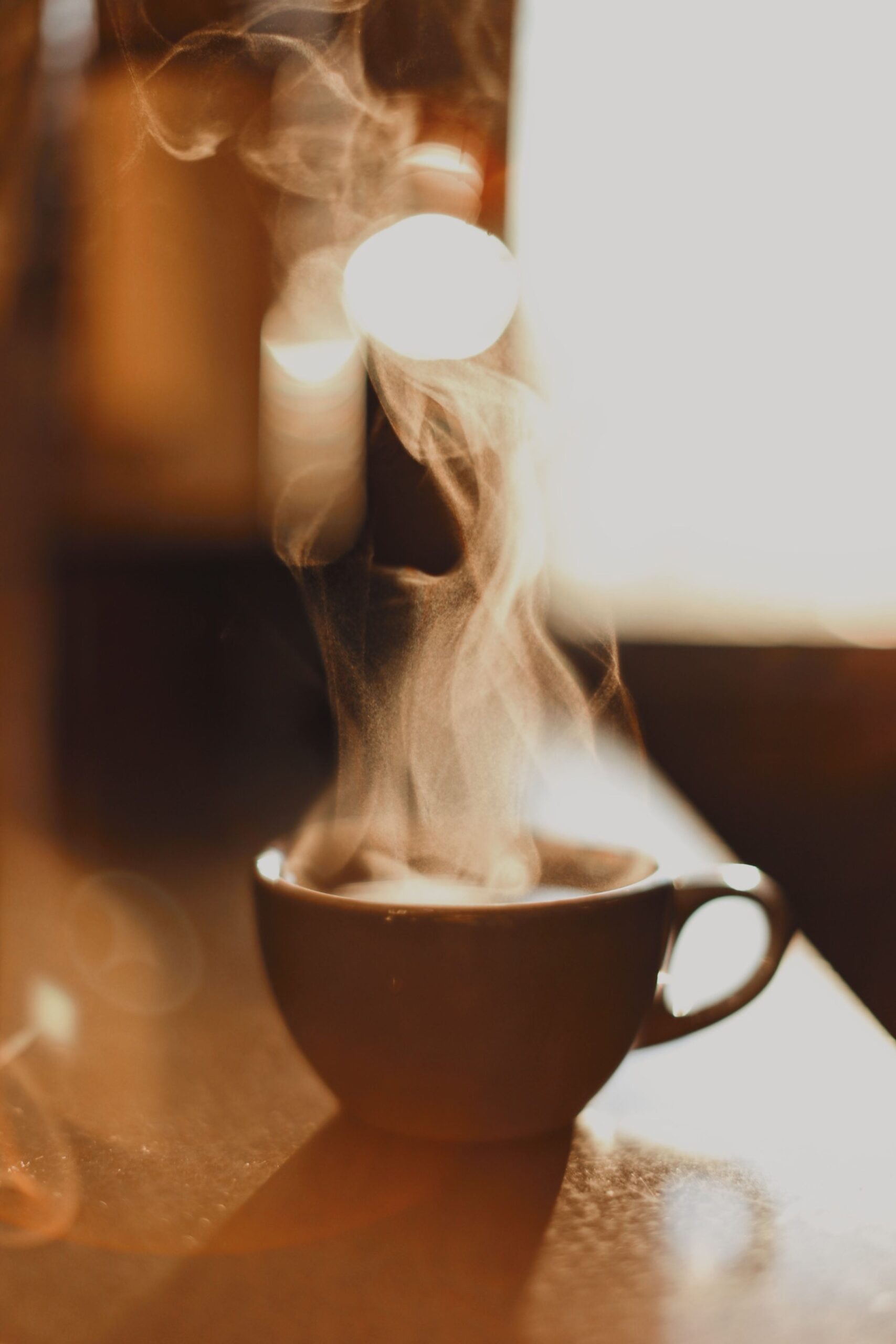
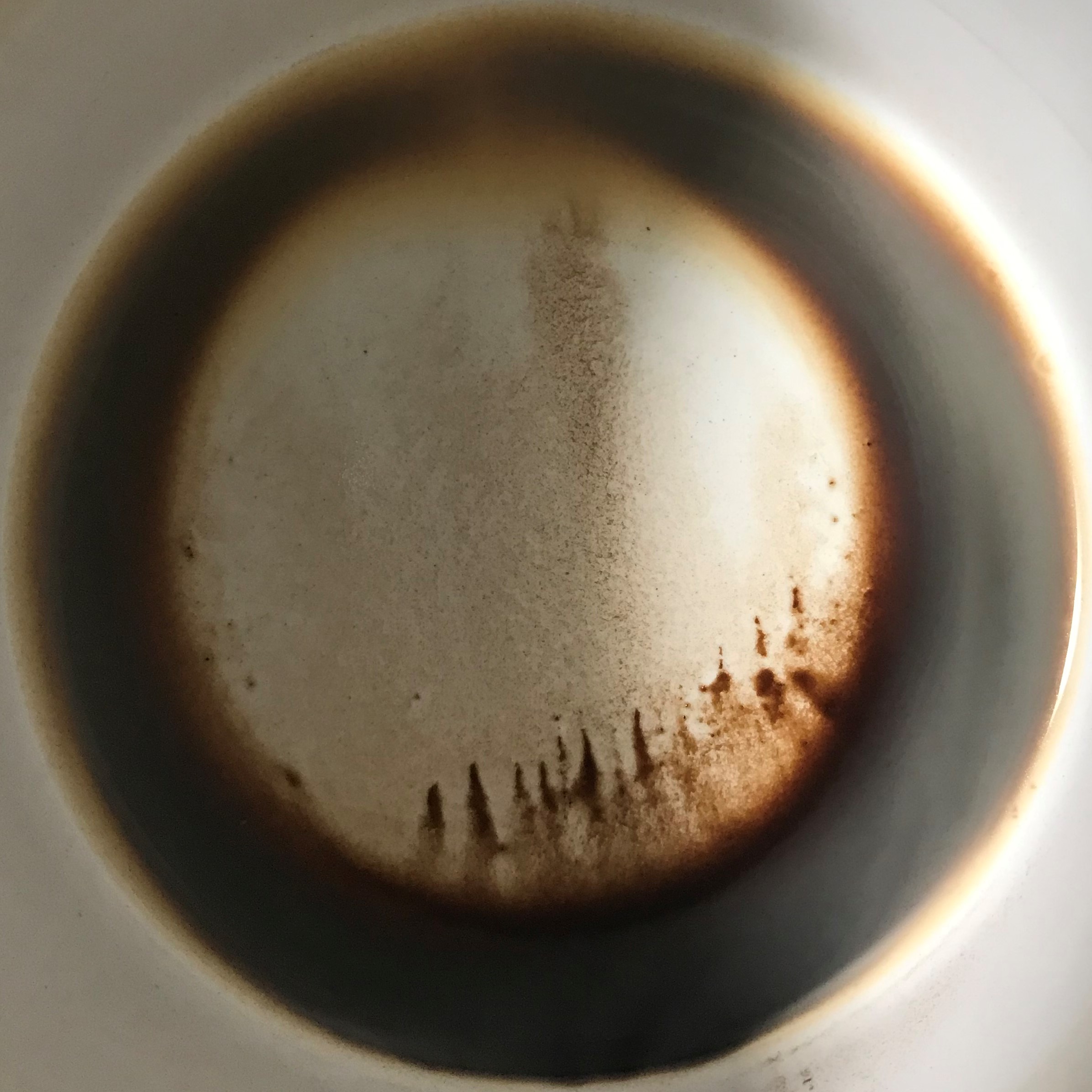
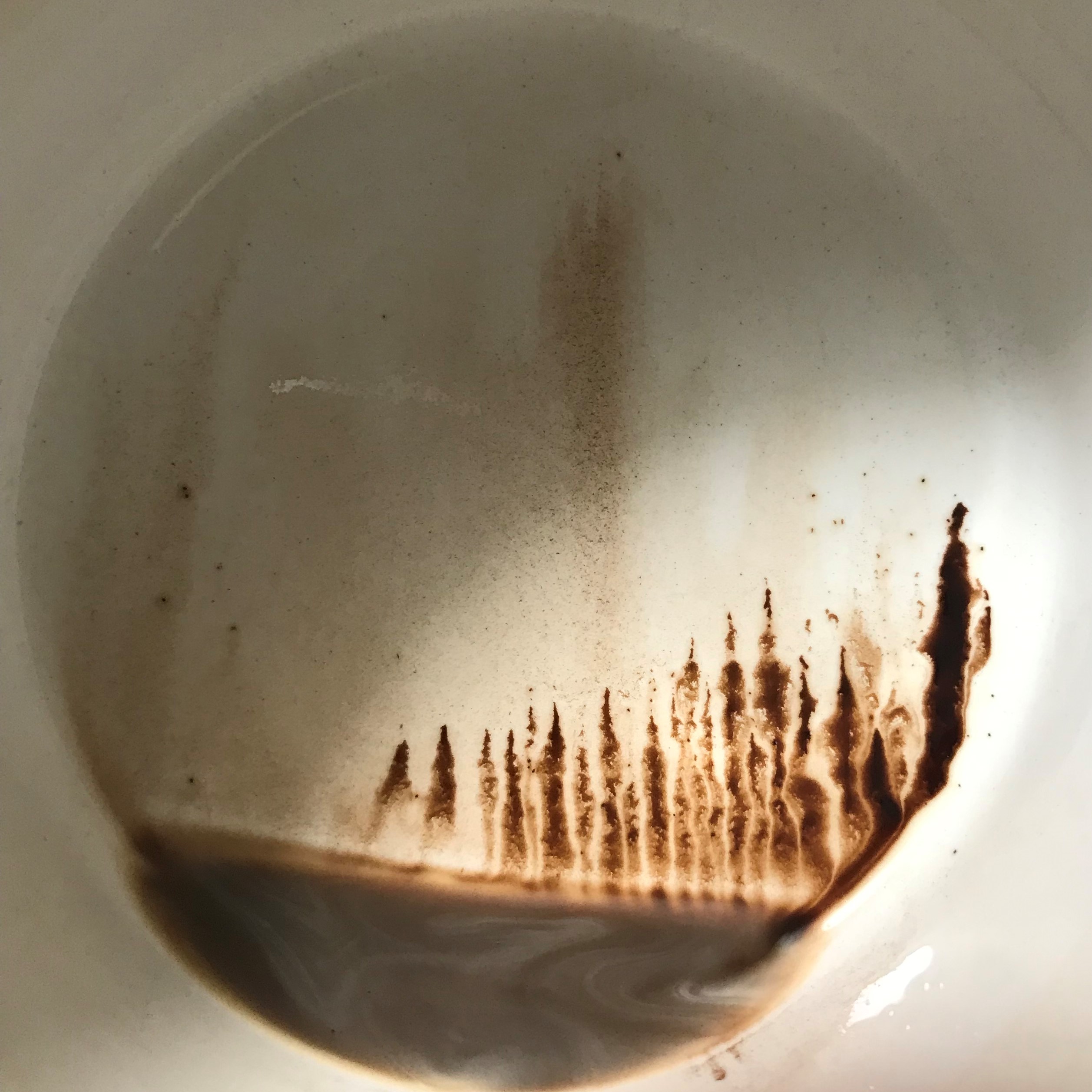
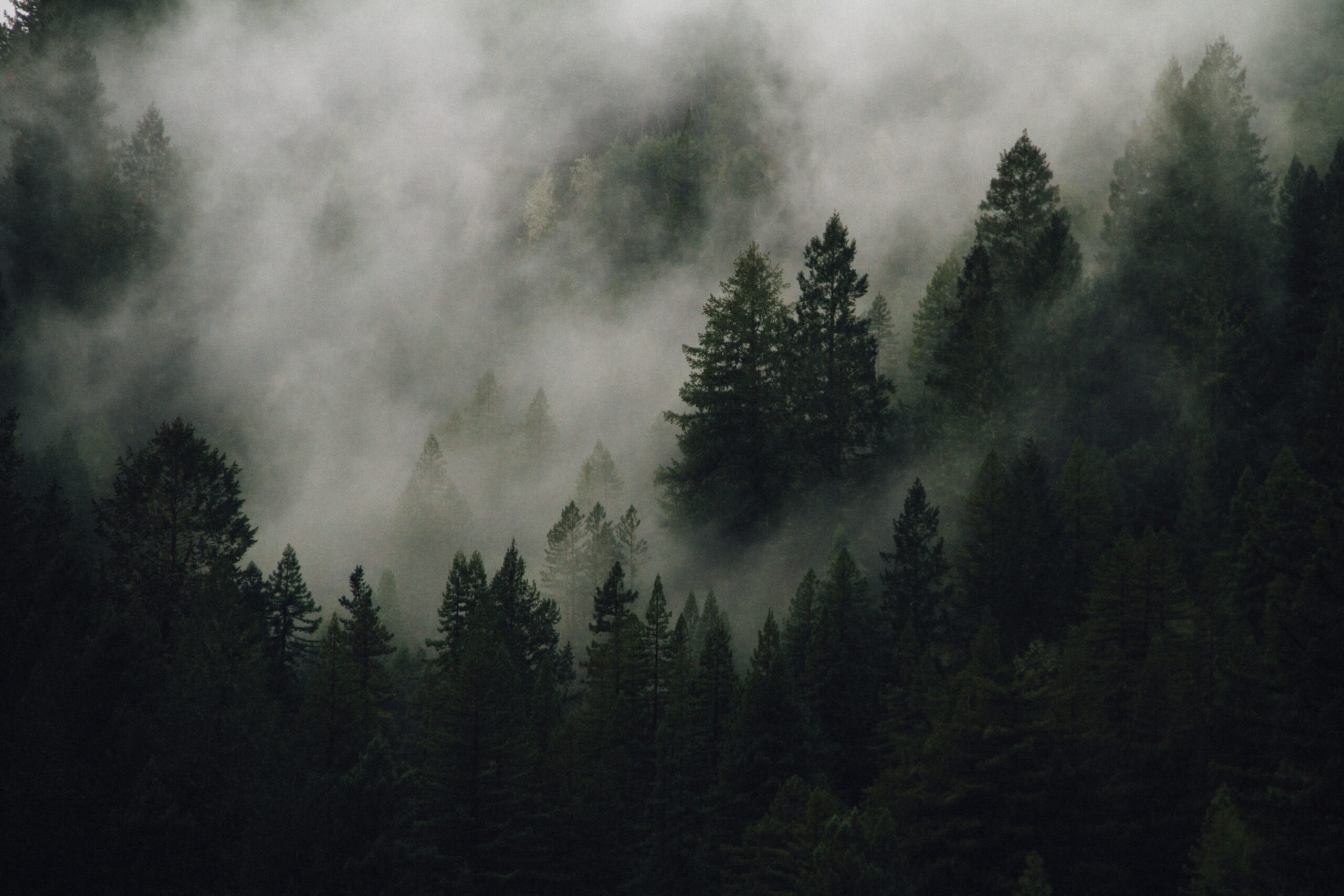
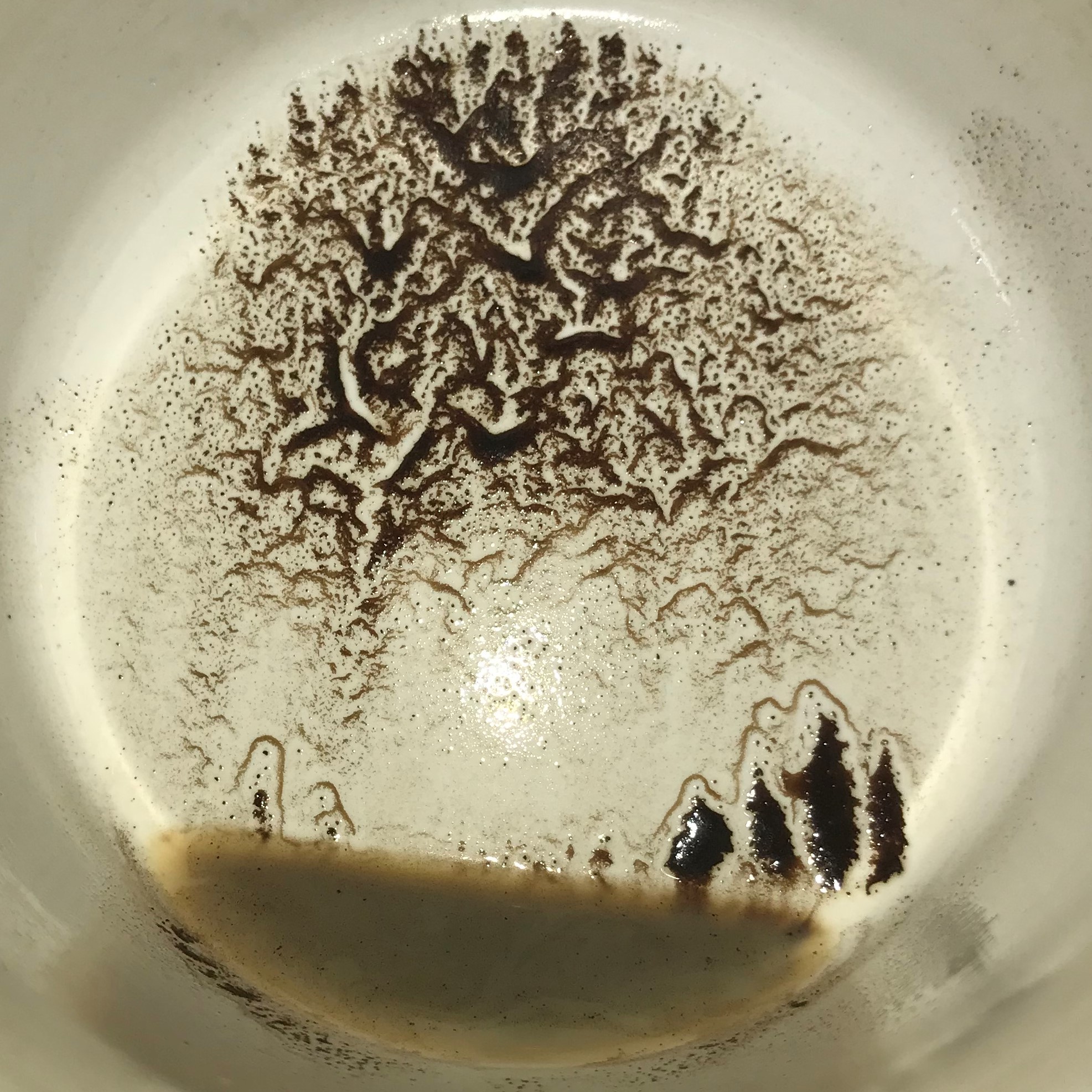
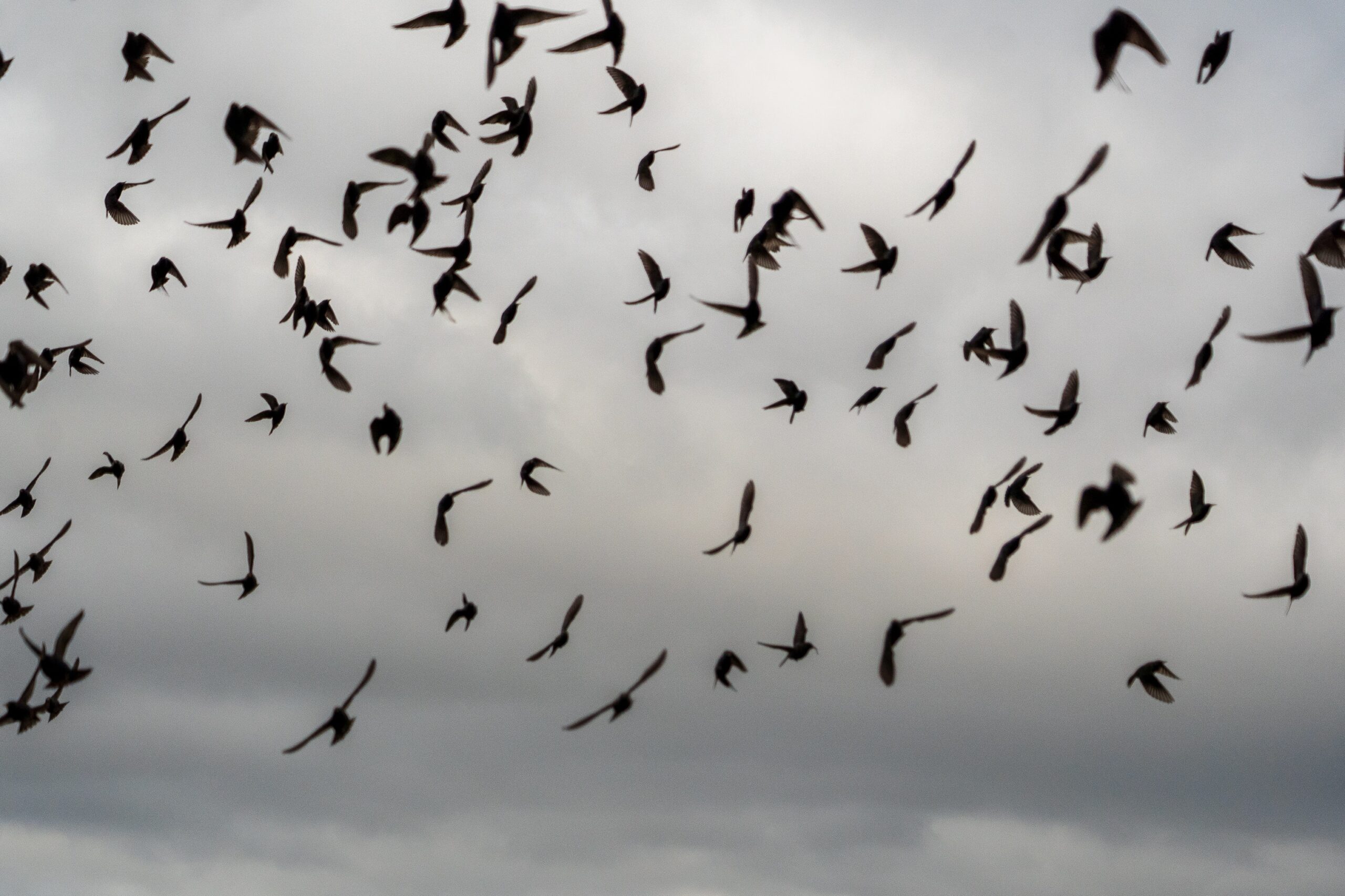
This is beautiful. Thank you for your words.
Thanks, as always for reading, friend!
Such beautiful words!! Loved reading this.
Thank you for sharing these thoughts!